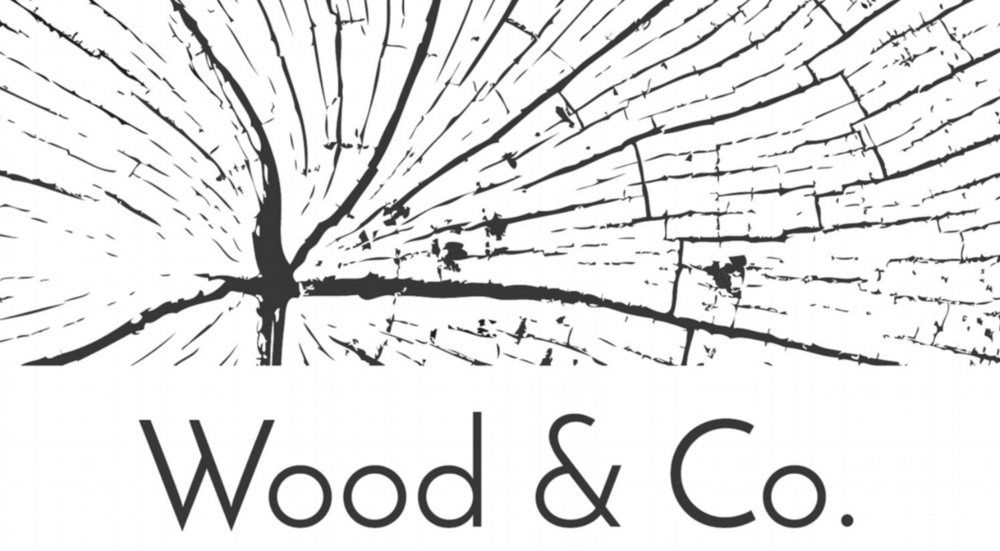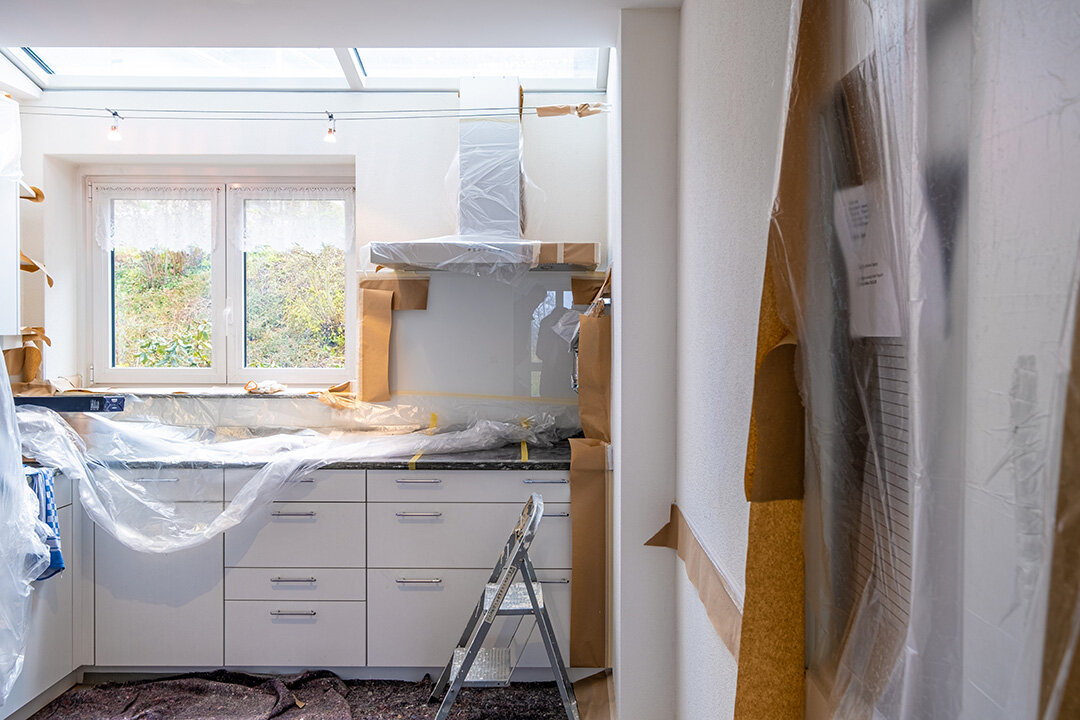If you are here, then your wood flooring must have water damage. Water damage to wood flooring can be a distressing experience for homeowners. It often raises the question of whether to repair or replace the damaged areas. But what is the best course of action for your floors?
In this article, we will discuss a few aspects you must consider before making a decision. The information you garner will guide you onto the right path; repair or replacement.
5 Aspects to Consider When Deciding
1. The Damage Timeframe
One of the most crucial factors for determining the severity of water damage on your wood flooring is the timeline since the incident occurred. Time plays a significant role in how water interacts with the wood and its subsequent impact on the flooring's structural integrity and appearance. The sooner you address the issue, the better your chances of salvaging your wood flooring and preserving its original beauty.
For instance, if the kitchen water damage is a few hours old, it will be easier to deal with than when it is a few days old. By acting promptly, you can address the water damage within hours of its occurrence. Swift action can prevent the water from seeping deep into the wood fibers, reducing the risk of warping, cupping, or mold growth. However, if the water damage has been left unattended for several days, the chances of severe structural damage and irreversible staining increase significantly.
2. The Water Source
When dealing with water-damaged wood flooring, the water source helps you determine the extent of the damage. This is because not all water is created equal, and understanding the type of water responsible for the damage opens your eyes to the ideal course of action. Let's look at the different types of water damage.
Clean Water
As the name suggests, this is water from a clean and sanitary source. It could be a broken water supply or an overflowing sink. While clan water may not pose an immediate health risk, it can still cause significant damage to your wood flooring.
Blackwater
This is the most hazardous type of water. It is highly unsanitary and contains harmful pathogens and toxic substances. It mostly comes from sewage backups, flooding from rivers or streams, or standing water that has been left untreated for an extended period.
Grey Water
Unlike clean water, grey water contains contaminants. It mostly comes from dishwashers, washing machines, and bathroom sinks. Even though it is not as harmful as black water, exposure to grey water can lead to mold growth, thus extending the issue.
Salty Water
Though not harmful to humans, it has unique challenges to your wood flooring. The salt content in the water can accelerate the deterioration of wood, leading to warping, discoloration, and other structural issues.
3. The Visible Damage
How bad is the visible damage? The visible signs of water damage on your wood flooring will give you insights into the extent of harm inflicted. By carefully assessing these signs, you know what to do to your wood flooring.
Staining
Staining on wood flooring manifests in various ways. It may look like discoloration, dark spots, or even water rings. Stains are often a result of water penetration into the wood fibers. It can lead to permanent damage if left unattended. When looking at the water restoration, stain removal and repair success depends on the depth of penetration and the type of wood in question. Light staining may be remedied through sanding and refinishing, but deeper or extensive will require replacement.
Buckling
Buckling is a more severe form of warping. This is when the wood flooring lifts entirely from the subfloor, creating noticeable unevenness and gaps. Often, buckling occurs when excessive moisture causes the wood to expand beyond its capacity. Attempting to repair buckled flooring may not be effective since the underlying moisture issue needs to be addressed first. In most cases, a replacement will be required.
Crowning
Crowning occurs when the center of a wooden plank becomes higher than its edges. It manifests in a visible hump running along the length of the plank. This can happen due to prolonged exposure to moisture, which causes the wood to swell in the middle. If the minor crowning is caught early, sanding and refinishing may restore the affected areas. However, if it is severe and widespread, you will need replacement on the planks.
4. The Urgency
The urgency to address the water damage significantly influences your course of action. If you have ample time and the water damage is relatively contained or in an area of the house with minimal foot traffic, you can always handle the restoration process gradually. A slower approach allows you to thoroughly assess the damage, explore various repair options, and potentially salvage the affected wood flooring.
However, certain situations demand immediate action. If the water damage affects crucial areas of your home, such as the kitchen or living room, you must address the issue promptly. This is because it is where your family members frequent, and ignoring or delaying the repair can lead to safety hazards and further deterioration of the flooring.
5. The Readiness for a Fresh Start
When faced with water-damaged wood flooring, it's essential to consider your readiness for a fresh start in terms of the situation's emotional and practical aspects. This aspect revolves around your willingness to invest the necessary resources, time, and effort to restore your flooring to its former glory.
Repairing water-damaged wood flooring can be viable if the damage is relatively minor and localized. It gives you a chance to preserve the original character and history of the floor and significantly save money.
However, if the water damage is extensive or the flooring has experienced multiple incidents of water exposure, you will need a complete replacement. Installing new wood flooring can offer a chance to choose more durable materials better suited to your lifestyle and complement your desired interior design.
White Oak Flooring by Wood & Co. to Complement the White and Metal Modern Dining Chairs
Conclusion
Ideally you would try to prevent an issue like this from occurring by ensuring all water mains are in good condition. Hiring a plumber or availing of home maintenance services is highly recommended.
However, if you find yourself with water damaged flooring that you’re ready to replace then look no further. Contact Wood & Co. today to schedule an appointment. Let’s begin the journey toward revitalizing your living space with new wood flooring.
About the Author
Complete Plumbing Solutions is a company offering certified plumbing services in Cork, Ireland. They offer full-service plumbing solutions, from general repairs to boiler replacements, for both residential and commercial clients.













